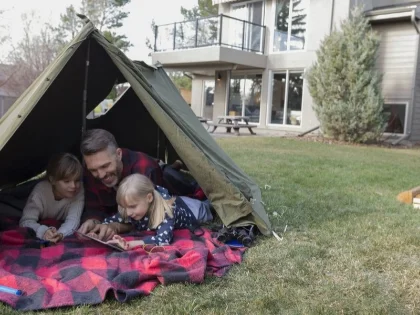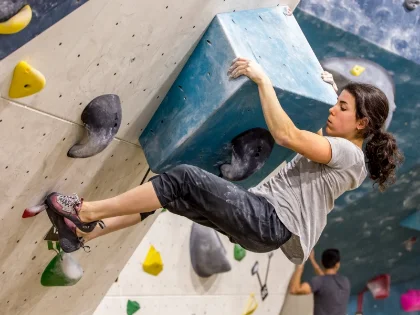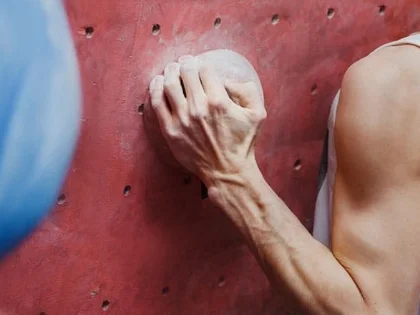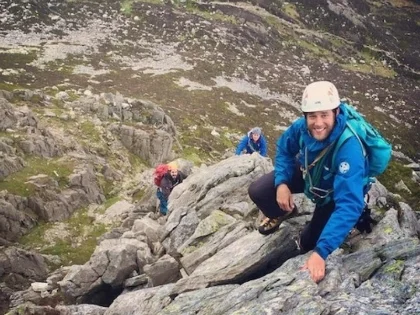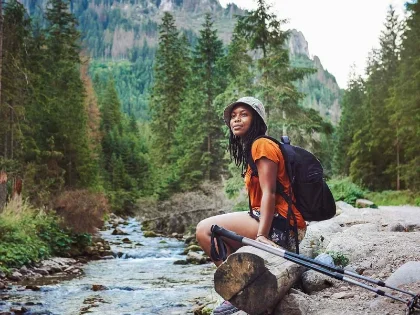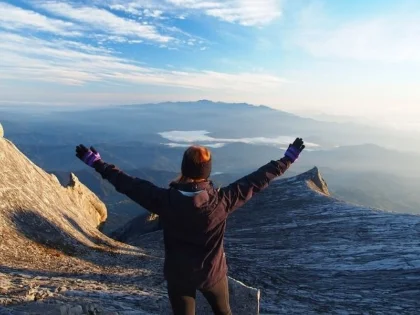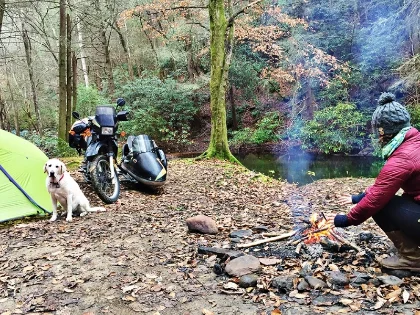How to Take a Drop Down
While some riders find descending to be second nature, others find it to be a frightening aspect of the ride. This is mostly because you are riding faster and depending more on your brakes to stay in control.
Gaining proficiency in descending can be achieved through comprehension and the use of essential skills. Let's investigate a few of these:
Place
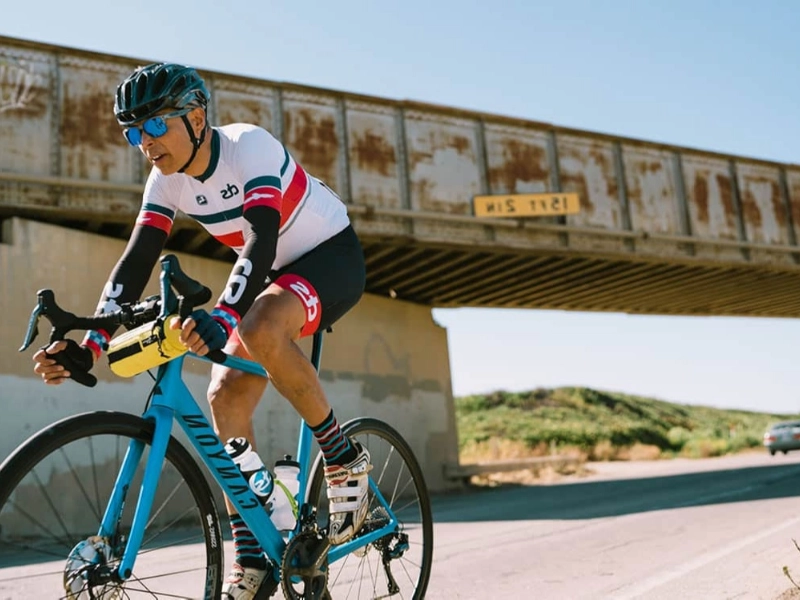
Maintaining a comfortable body position is crucial when riding in the drops. To absorb any bumps or uneven road surfaces you may experience on the descent, you want to maintain your arms slightly bent at the elbows.
In order to readily use the brake levers while descending, it is also imperative that your hands remain in the drops. You will have more traction or grip on the handlebars and a lower centre of gravity in this position.
It is advised that you begin by becoming comfortable on a shallower downhill if you are not used to riding in the drops. Riding beside an experienced descender and observing their body position and braking style is also helpful. This may serve as inspiration for you to develop your own abilities. You will get better the more you practice! Your rides will become faster, safer, and more fun as a result!
Stopping

Maintaining control on descents requires using the brakes to scrub speed, but don't overdo it. Instead of 'dragging' the brakes on every curve, you should ideally apply both brake levers softly to scrub speed and release them after you've slowed down enough.
Look far down the road for potential hazards when descending. Your ability to see ahead will allow you to ride with greater confidence because you will be able to predict what's coming next. Refrain from "target fixation," which is staring at the rider in front of you while your eyes are diverted from the task at hand.
A pro will never be seen riding their bike completely erect when descending; instead, they will always be low and relaxed. This enhances their aerodynamics and reduces their centre of gravity, which helps to steady the bike. The lower position also lessens the chance of hands slipping off the bar in fast-moving circumstances and helps to maintain a grip on uneven terrain.
Quickening
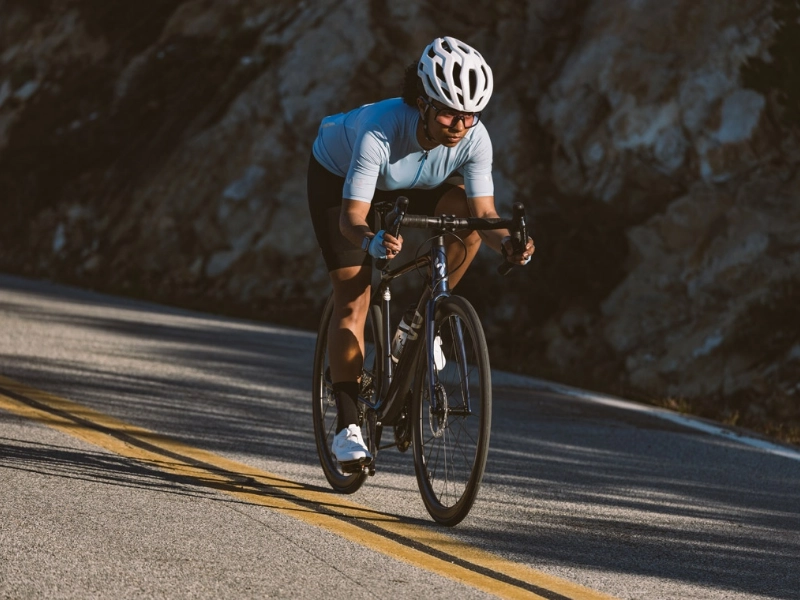
Leaning forward with your weight can aid in acceleration when in the drops. This is crucial since it can reduce energy consumption because pedalling won't burn kilojoules. Because of the reduced frontal area compared to the hoods, it also enables you to be more aerodynamic.
It may take some getting used to this posture, particularly if you are accustomed to riding with your hands in the hoods. Before going a little higher, it's a good idea to start on a shallower drop and concentrate on the cornering technique.
When descending a hill for the first time, it's important to look ahead and scan the road for potential hazards. It's easy to lose yourself in your ride and overlook things. When following the wheel of a rider ahead, pay close attention to what's happening 20–30 feet ahead of you, anticipating and preparing for curves. However, make sure to check on them from time to time as well. Looking at something that might strike you could divert your attention.
In charge

One of the most crucial aspects of being a complete cyclist is being able to descend. It enables you to move more quickly, keep your composure on unpaved surfaces, and stay safe in moving traffic.
Your centre of gravity will be lower, and your hands will be in a more stable position as you ride in the drops. It gives you more leverage on the brake levers for more forceful braking and offers a far safer grip on uneven surfaces.
With your torso down and your weight somewhat back in the saddle, try to maintain a calm body posture. It's also critical to keep a long view and monitor the road for any obstructions that might need to be avoided. It will only take practice for descending to seem like an easy portion of the trip. Finding a descent you are familiar with and riding it often until you have perfected it is a smart idea.
